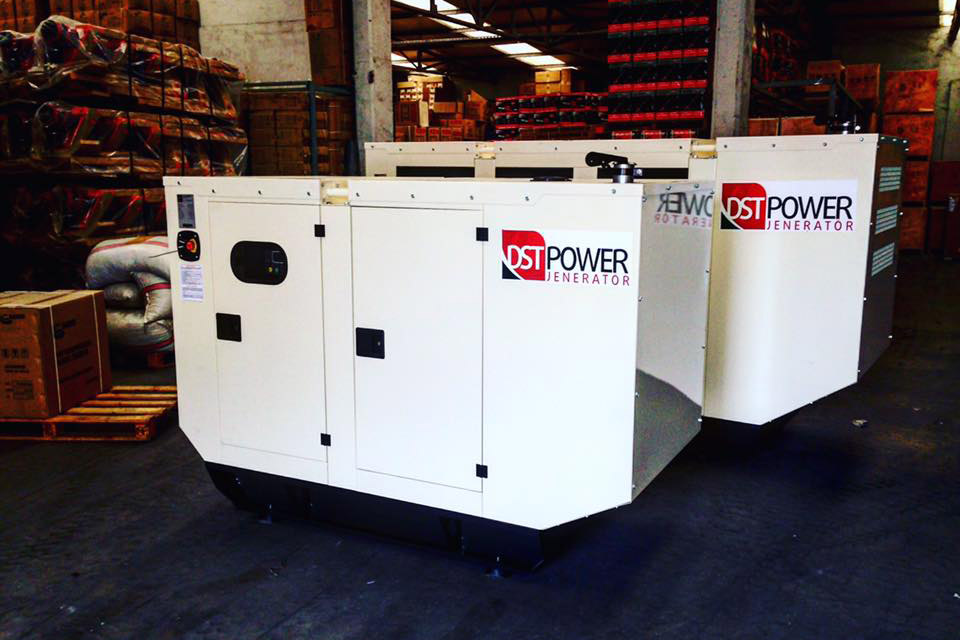
Devices that convert the energy of motion (kinetic energy) into electrical energy are called generators. Generators, like electric motors, work according to the principle of electromagnetic force.
In electric motors, if an electric current is passed through a conductive wire frame in a magnetic field, the wire frame rotates. That is, electrical energy is transformed into motion energy.
In generators, if the wire frame is rotated in a magnetic field, current is generated in the conductive wire. That is, the energy of motion is converted into electrical energy.
Generators are of two types, alternating current generator and direct current generator.
--picture--
a) Alternating (Alternating) Current and Alternating Current Generators:
1- Alternating (Alternating) Current:
The current whose direction and magnitude changes continuously is called alternating current or alternating current. Alternating current is denoted by the letters AC.
Alternating current;
• Its direction and size are constantly changing. • It can be converted to direct current with some tools (rectifier and diode). •It heats the wire it passes over. •It is produced with alternating current generators. 2- Alternating (Alternating) Current Generators (Alternators):
Tools used to produce alternating current are called alternating current generators or alternators.
Alternators, like electric motors, have a rotating wire frame inside the magnetic field of a magnet. This wire frame is called a coil or armature. The two ends of the wire frame are attached to two different metal rings (rings). These metal bracelets are called collectors or collectors or commutators. The conductive (metal) strips that touch the collectors (and receive the current) are called brushes.
If the wire frame (coil = armature) is constantly rotated in the magnetic field, the number of magnetic field lines of force passing through the wire frame changes constantly, as in the eddy current. In this way, a current whose direction and magnitude is constantly changing is formed in the wire frame. This current is alternating current.
While alternating current is formed;
• When the wire frame is perpendicular to the magnetic field force lines, the current takes the greatest (ie maximum) value since the number of magnetic field force lines passing through the wire frame will be the maximum. • When the wire frame is parallel to the magnetic field force lines, the current becomes zero because the magnetic field force lines cannot pass through the wire frame. • If the wire frame is rotated once (full revolution), the current changes direction 2 times. • According to the wire frame initial situation; If ◦900 returns, the current becomes maximum (max). If ◦1800 returns, the current becomes zero. If ◦2700 turns, the current becomes maximum (max) in the opposite direction. If ◦3600 returns, the current becomes zero.
--picture--
b) Direct Current and Direct Current Generators:
1- Direct Current:
A direct current whose direction and magnitude do not change over time, whose (+) and (–) poles are fixed (determined). Direct current is denoted by the letters DC.
Direct current;
• Its direction and size do not change over time. •(+) and (–) poles are fixed. •It heats the wire it passes over. • It is produced with direct current generators or obtained from alternating current by means called rectifiers (Rectifiers have diodes that pass current in one direction). 2- Direct Current Generators (Dynamos):
Tools used to produce direct current are called direct current generators or dynamos.
Direct current generators are similar to alternating current generators in terms of api and operation. The only difference from alternators is that the ends of the wire frame have two half-collars instead of two metal bracelets as the top.
In direct current generators, if the wire frame (coil = armature) is rotated in the magnetic field, the current occurs in one direction, as the number of magnetic field lines of force passing through the wire frame will constantly change, as in alternating current generators. The resulting current is transmitted to the brushes by means of half rings (collectors) and a direct current that does not change direction is obtained.